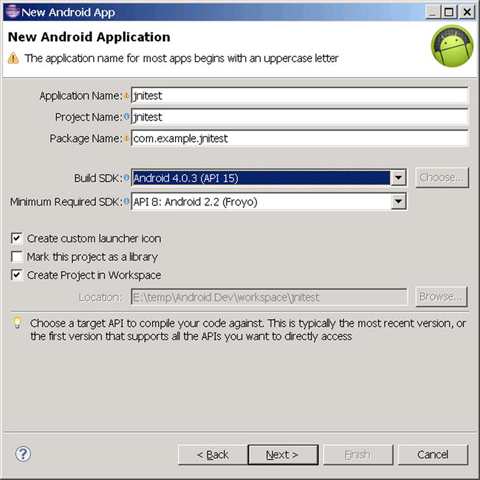Project Classes Debug Menu Won't Display Dev C++
Apr 22, 2010 Class to convert.NET classes into readable debug output with less effort. Class C public int X. So can be added to any project. And during development of. Developer Community for Visual Studio Product family. Canot debug Linux C console application. Windows 10.0 Visual Studio 2017 version 15.3 Preview debugger C. Maoliang Huang MSFT. Where is 'Enable native code debugging' in managed project in VS2017? I have been messing around with making a windows application in Dev-C I wanted to make it in a single source file, rather than a project to see if it worked. It did, other than the fact that I got the windows app, AND a DOS prompt behind it. Is there anyway to remove the DOS prompt? I will include. Mar 06, 2008 See if the following helps, To enable debugging: 1) Goto Project-HelloWorld Properties 2) On the left expand 'Configuration Properties' 3) Expand 'C/C'.
- Project Classes Debug Menu Won't Display Dev C Online
- Project Classes Debug Menu Won't Display Dev C On Mac
Now you are ready to launch the debugger, by pressing F8 or clicking the debug button. If everything goes well, the program will start, and then stop at the first breakpoint. When you start up the MSVC 5.0 IDE, the IDE puts all the C code in a mode, which by default ensures that the project is built in the debug mode. You may want to refer to the document 'Steps to get started with Visual C development environment (IDE)' to get to know how to create a project using MSVC 5.0 in the EECS 280 Web Page. By working with these 'classes', we can develop new libraries. Aswell as this, C provides templates and several templates and keywords not found in the C language, giving a wider range of useage. C has a huge function library and is a highly flexible language.
